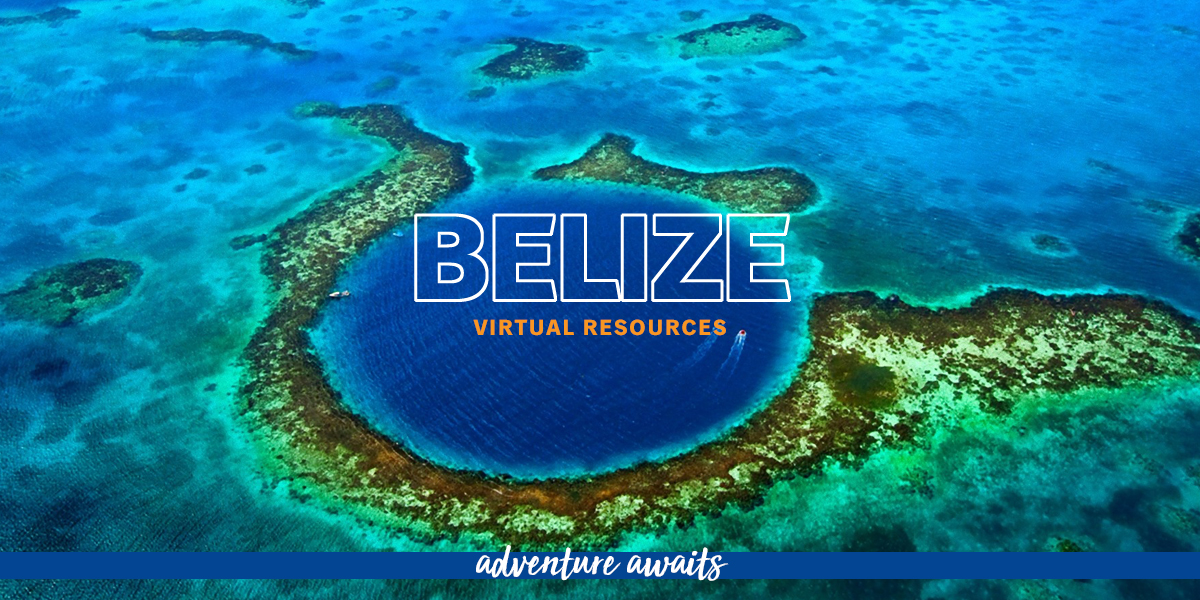Get creative
Organize your art supplies and get to crafting. Consider painting the Great Blue Hole, craft with coconuts, or learn how to play drums, Garifuna style.
Need more painting inspiration? Check out this virtual tour of famous Mayan ruins in Belize.
Visualize it
Watch a video that relates to your destination. Some ideas for Belize include:
- Belize: Nature and Wildlife
- Introducing Belize (Lonely Planet’s video guide to getting around, when to go, and the top things to do while you’re there)
- Things To Do in BELIZE – UNILAD
Study some history
Dive deep into the culture and history before meeting the friendly locals and exploring the ancient sites. You can study the Mayan culture before you visit some of the oldest Mayan settlements still intact, or learn about how modern Belizean culture was largely shaped by British, African, Mayan, and Spanish influences.
Choose a book
Read and discuss a book that takes place in your destination or describes the local culture. Pick from titles like:
- Ping Wing Juk Me by Carol Fonseca Galvez
- Time Among the Maya by Ronald Wright
- Colonialism and Resistance in Belize, Essays in Historical Sociology by O.Nigel Bolland
Fill up your plate
Arrange a potluck and encourage your friends to bring a traditional dish from your destination. Know a chef? Hold a virtual cooking class with your travel group, or support a local restaurant that offers delivery/take-out of your destination’s cuisine. Try fry jacks (the national dish of Belize), Creole-style rice and beans, salbutes, tamales, or the world-famous Marie Sharp’s hot sauce.
Learn the language
Call up a friend or set up a group video chat and practice your language skills. It helps to make flashcards with common sayings to use on the phone or throughout your travels (think about ordering at restaurants, buying souvenirs, and chatting with locals). While English is the official language of Belize, many locals also speak Belizean Creole, Garifuna, Mandarin, Spanish, and Maya.
Did you know?
The Belize Reef is the second largest reef in the world (second only to Australia’s Great Barrier Reef). If you visit between March and June, you may get lucky to even see some rare whale sharks!

